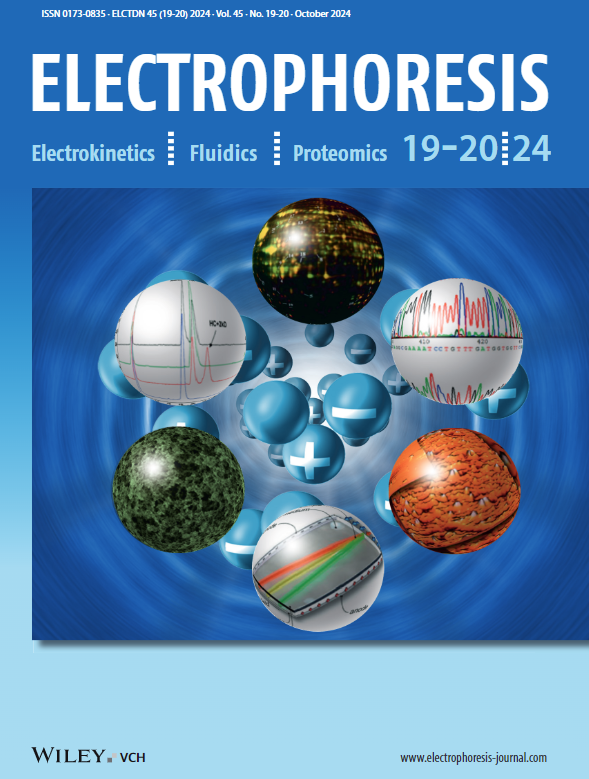Imaged Capillary Isoelectric Focusing Coupled to High-Resolution Mass Spectrometry (icIEF-MS) for Cysteine-Linked Antibody–Drug Conjugate (ADC) Heterogeneity Characterization Under Native Condition
Abstract
Native mass spectrometry (nMS) is a cutting-edge technique that leverages electrospray ionization MS (ESI-MS) to investigate large biomolecules and their complexes in solution. The goal of nMS is to retain the native structural features and interactions of the analytes during the transition to the gas phase, providing insights into their natural conformations. In biopharmaceutical development, nMS serves as a powerful tool for analyzing complex protein heterogeneity, allowing for the examination of non-covalently bonded assemblies in a state that closely resembles their natural folded form. Herein, we present an imaged capillary isoelectric focusing–MS (icIEF–MS) workflow to characterize cysteine-linked antibody–drug conjugate (ADC) under native conditions. Two ADCs were analyzed: a latest generation cysteine-linked ADC polatuzumab vedotin and the first FDA-approved cysteine-linked ADC brentuximab vedotin. This workflow benefits from a recently developed icIEF system that is MS-friendly and capable of directly coupling to a high-sensitivity MS instrument. Results show that the icIEF separation is influenced by both drug payloads and the post-translational modifications (PTMs), which are then promptly identified by MS. Overall, this native icIEF–MS method demonstrates the potential to understand and control the critical quality attributes (CQAs) that are essential for the safe and effective use of ADCs.

 求助内容:
求助内容: 应助结果提醒方式:
应助结果提醒方式:


